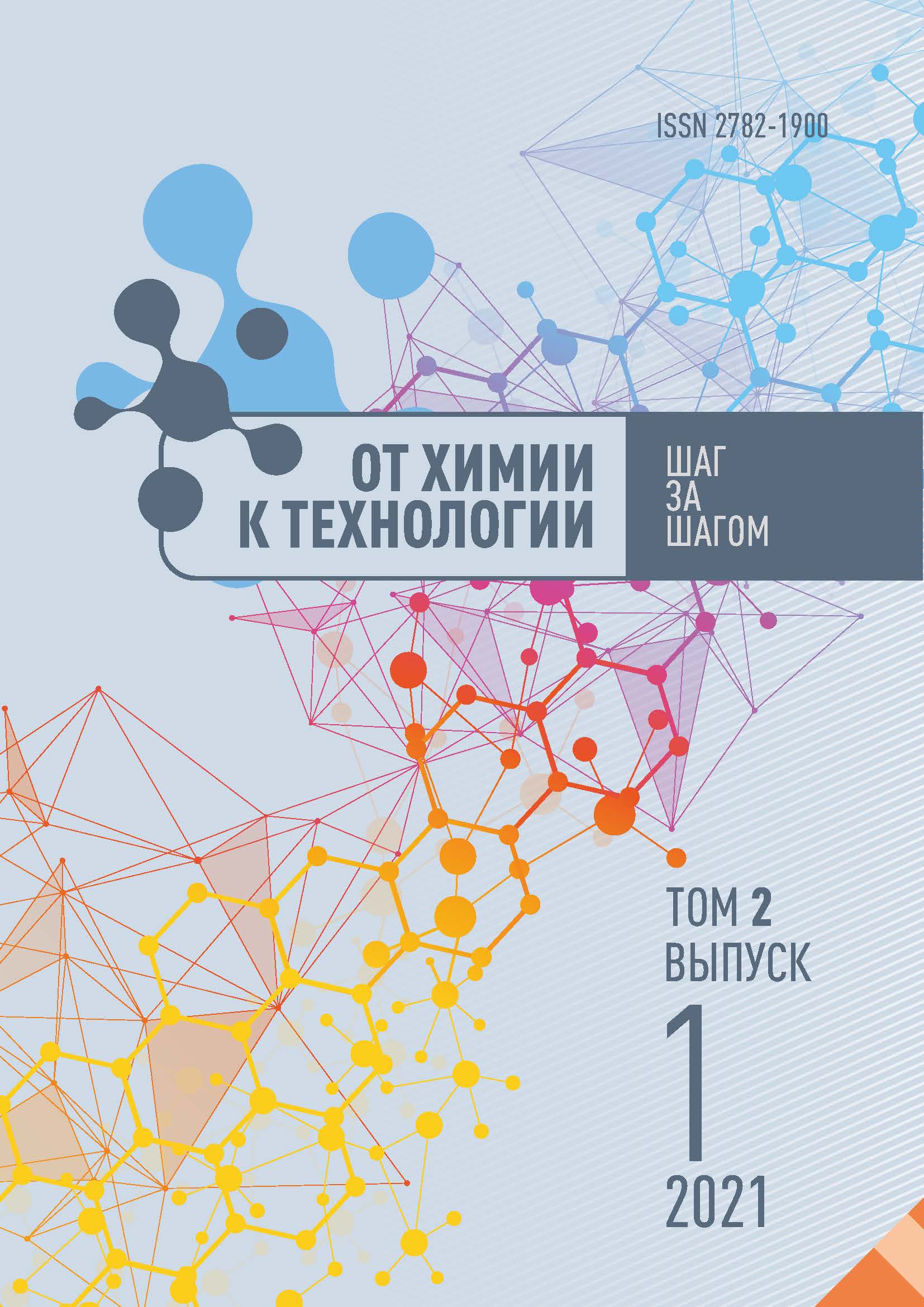Ярославль, Ярославская область, Россия
Ярославль, Ярославская область, Россия
Ярославль, Ярославская область, Россия
Ярославль, Ярославская область, Россия
Ярославль, Ярославская область, Россия
The paper presents a mathematical model of a pulsation crystallizer, which includes heat and hydraulic calculations. Heat calculation is reduced to determining the refrigerant flow rate (cooled solvent and filtrate of the second stage) for each section of the unit. The minimum volume of the section based on the experimentally determined preliminary sectional temperature profile and cooling rate of the raw material flow, the specified flow rate of raw material and refrigerant, as well as their initial temperature [1]. The calculation is carried out bearing in mind the correction of the preadopted number of crystallizer sections. Heat calculation of the crystallizer is carried out after determining the technological parameters of the dewaxing process. Moreover, the thermal calculation carried out according to the described method is preliminary, because it does not take into account the reverse flow in the apparatus during pulsation. As a result, the hydraulic calculation determines: volume, frequency of pulsating flow, necessary mass of liquid, nozzle size, speed of crude mixture in the nozzles, pulsation frequency and the ratio of pulse and purge exhaust.
mathematical model, flow structure, pulsation crystallizer, heat calculation, hydraulic calculation
1. Yakovlev S.P. Production of base oils and paraffins using jet and pulse technology. 1999. 280 p.
2. Lyapin A.Yu., Astahov A.V., Mihalev Yu.P. Study of the crystallization temperature of paraffins in oil in order to reduce the formation of asphaltene - resin - paraffin deposits. Nauka i tekhnologii truboprovodnogo transporta nefti i nefteproduktov. 2017. T. 7. N 6. P. 28-35 (in Russian).
3. Shavaliev I.O., Belousova O.Yu., Kutepov B.I., Yapaev R.Sh. Improvement of raffinate dewaxing process in oil production. Bashkirskij himicheskij zhurnal. 2016. T. 23. N 2. P. 66-70 (in Russian).
4. Grushova E.I., Karpenko O.V., Labkovich O.V., Al'-Razuki A.A. Improvement of technology for production of base mineral oils and paraffins. Trudy BGTU. Himiya, tekhnologiya organicheskih veshchestv i biotekhnologiya. 2015. N 4. P. 126-129 (in Russian).
5. Gudanov I.S., Lebedev A.E. Jet Devices in Chemical Technology. Yaroslavl: YSTU, 2019. 92 p. (in Russian).
6. Zaharov E.I., Karpacheva S.M. On the hydrodynamics of extraction pulsation columns with CRIMZ nozzle on systems with viscous extractant. Cvetnye metally. 1973. N 2. P. 53-57 (in Russian).
7. Romanova M.N., Lebedev A.E., Lebedev D.V. Modeling of the initial emulsion formation area. Inzhenernyj vestnik Dona. 2019. N 1. URL: http://ivdon.ru/uploads/article/pdf/I VD_188_ romanova_ lebedev_ lebedev. pdf_12c02ca435.pdf.
8. Pavlov K.F., Romankov P.G., Noskov A.A. Examples and problems in the course of processes and devices of chemical technology. Himiya, 1981. 560 p. (in Russian).
9. Chemistry of nuclear fuel. M.: Goskhimizdat, 1956. 552 p. (in Russian).







